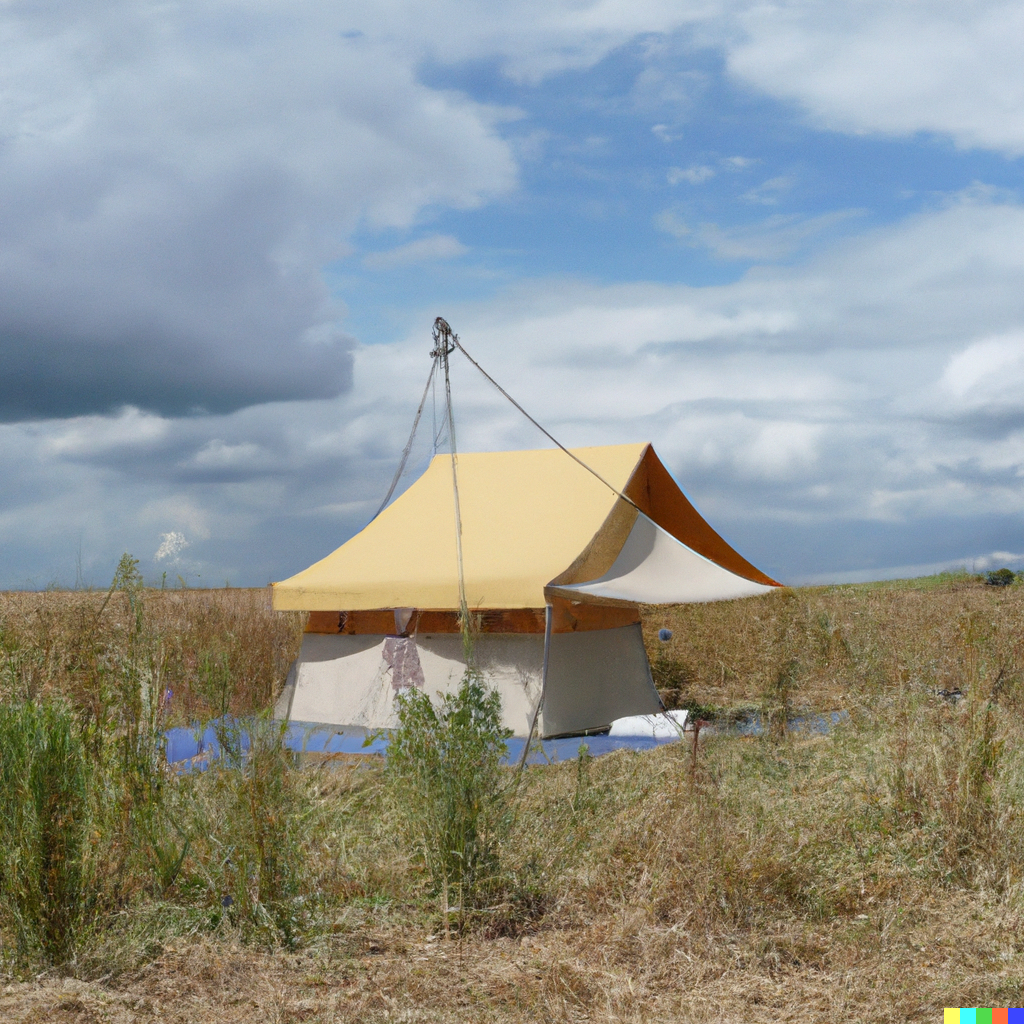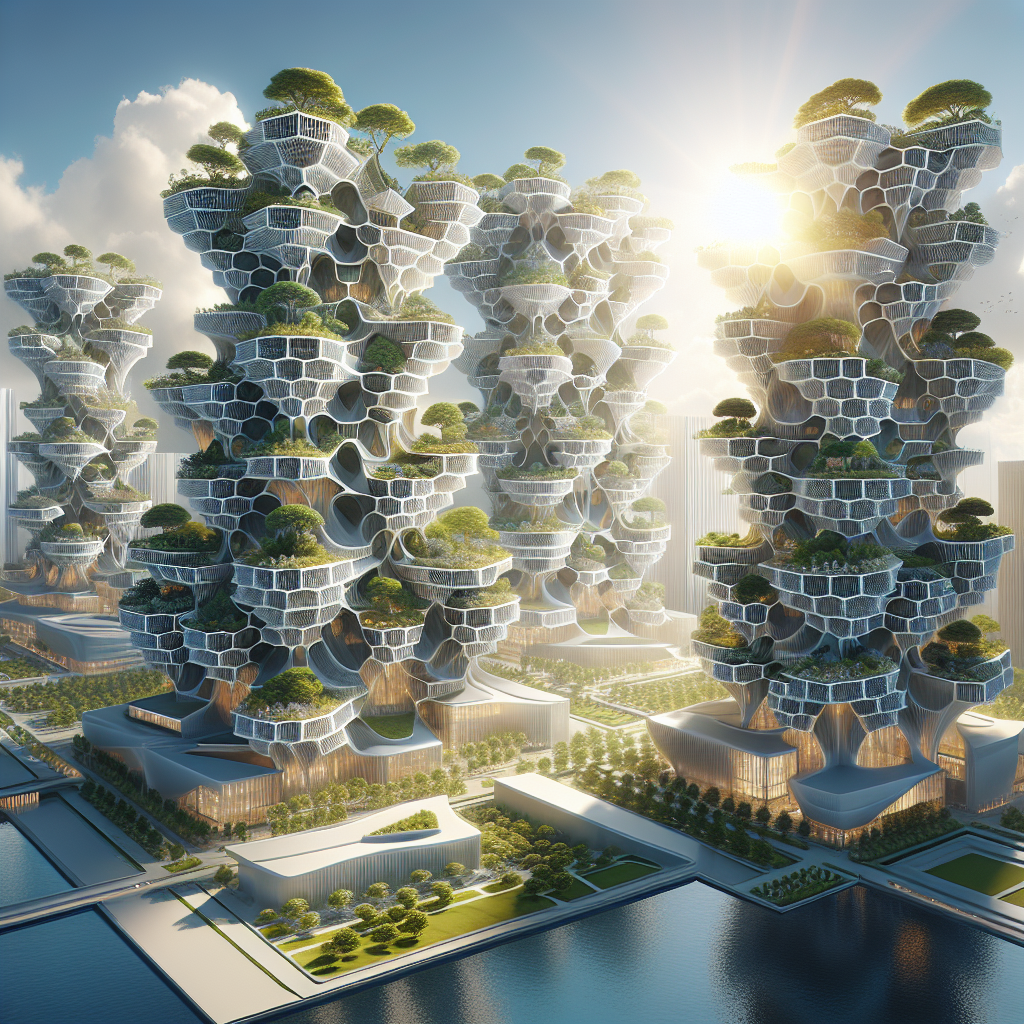Emergency Housing: Innovative Solutions for Crisis Situations

Emergency Housing: Innovative Solutions for Crisis Situations
Introduction
In the aftermath of natural disasters or refugee crises, emergency housing plays a crucial role in providing temporary shelter. Innovative design solutions are key to addressing the needs of those affected by crises. This article explores real-life examples of emergency housing and the innovative solutions that architects and designers are implementing to create sustainable, affordable, and durable shelters.
Cardboard Cathedral: Sustainable Emergency Housing
One example of emergency housing is the award-winning Shigeru Ban Architects’ Cardboard Cathedral in Christchurch, New Zealand. The structure was built after an earthquake in 2011 damaged the city’s historic cathedral. The Cardboard Cathedral is made of cardboard tubes, wood, and steel, and is designed to withstand strong winds and earthquakes. The building’s innovative design and use of affordable materials make it an excellent example of sustainable emergency housing.
Flatpack Emergency Shelter: Quick and Easy Assembly
Another example is the Flatpack Emergency Shelter, designed by the Swedish company, IKEA. The shelter is made of lightweight materials that can be assembled quickly and easily, making it an excellent solution for emergency situations. The shelter’s simple design includes a steel frame covered in insulated panels, providing insulation and protection from the elements.
Better Shelter: Modular Shelters for Refugees
Innovative solutions are also being developed to address the needs of refugees. The Better Shelter is a modular shelter designed for refugee camps. The structure can be assembled quickly and easily, providing a safe and secure space for families. The shelter is made of lightweight materials and includes solar panels, providing sustainable energy for lighting and charging devices.
Conclusion
Innovative solutions such as these are vital in providing safe and sustainable emergency housing. Architects and designers must continue to explore new materials, construction techniques, and design solutions to create affordable, durable, and sustainable emergency housing.





